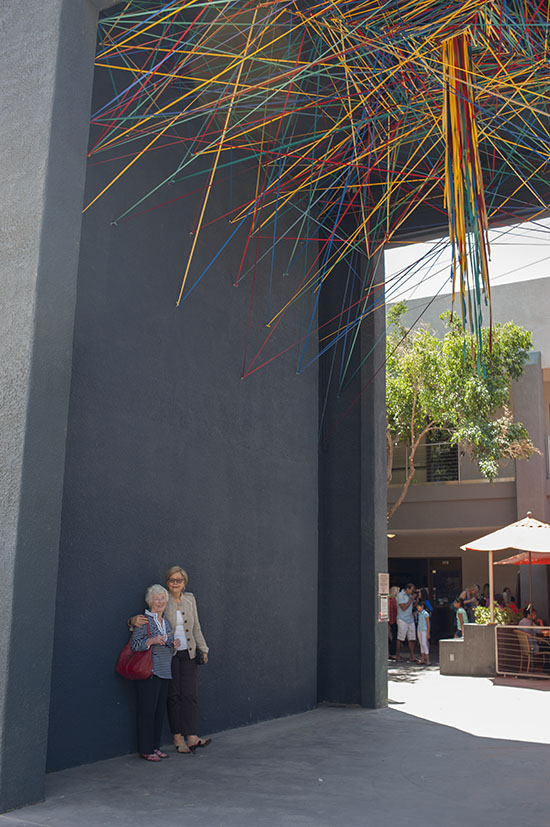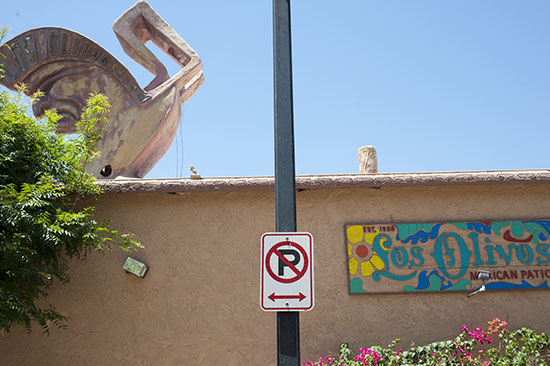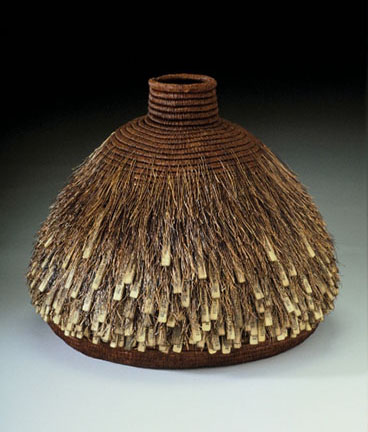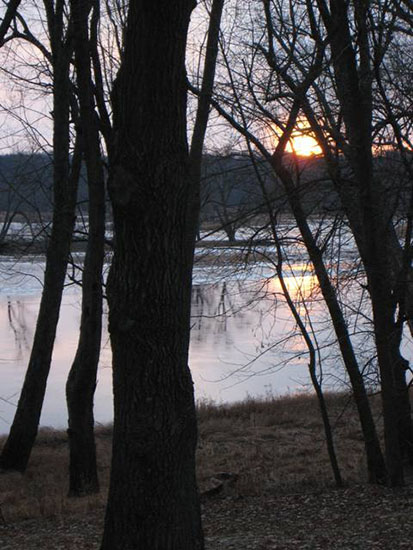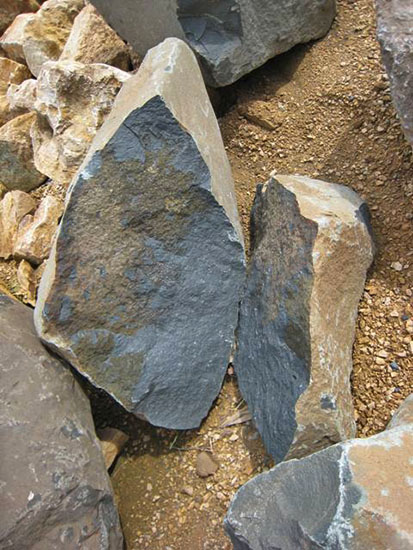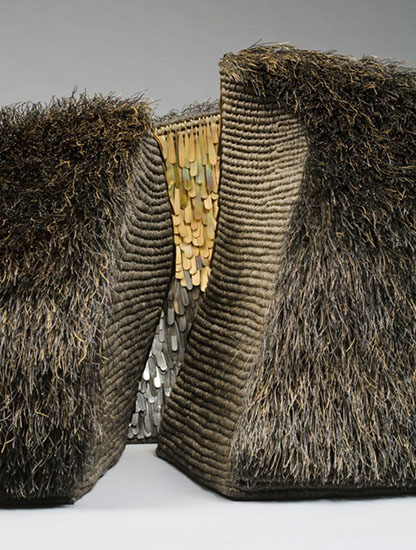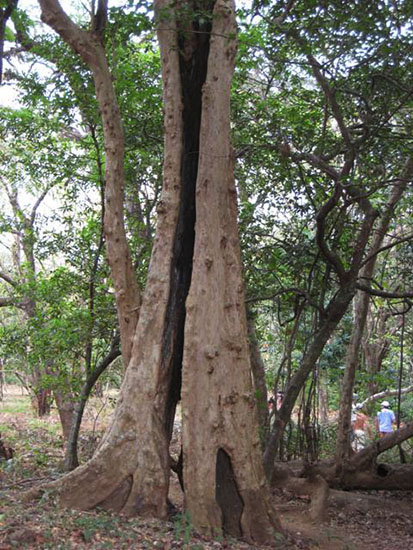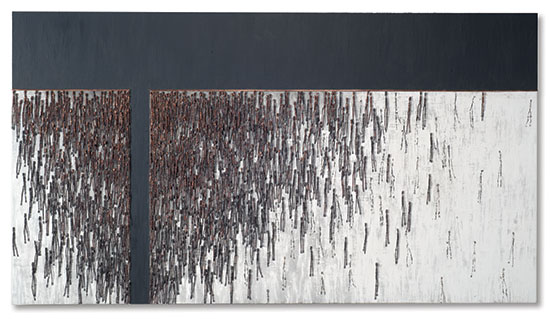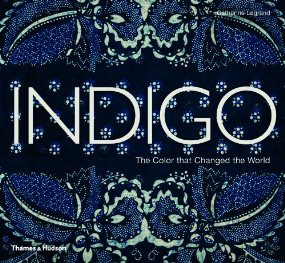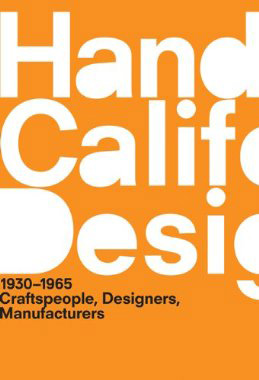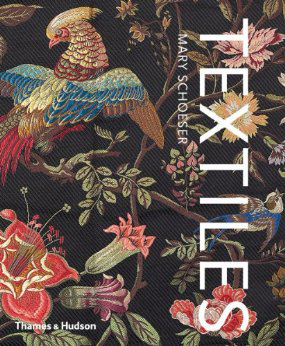We had reason to visit my old high school haunts in Scottsdale, Arizona earlier this month. It was a picturesque and delicious trip replete with stirring desert vistas and intriguing art and architecture site-ings.
Among them, the mid-century modern Hotel Valley Ho. The Hotel Valley Ho opened in 1956 and was a hideaway for Hollywood stars including Zsa Zsa Gabor, Janet Leigh, Tony Curtis and Bing Crosby. It also hosted Robert Wagner and Natalie Woods’ 1957 wedding reception. The hotel was saved from the wrecking ball in 2003 and re-opened in 2005 after an $80 million restoration, which Chicago reporter Hoekstra noted retained the original “Jetsons-in-the-desert flavor”. We had a terrific lunch outside the pop-colored, revamped bar area. We saw similar splashes of lime and aqua and orange that people have added to adobe and concrete facades throughout the city — a lively change from the olive that predominated in the 70s.
We also found two art installations sponsored by Scottsdale’s Public Art Project. The first was Randy Walker’s Entanglement, his installation of solution-dyed acrylic braid at Scottsdale’s Bell Tower, which we knew about and made a point of finding and photographing.
With Entanglement, Randy Walker asks “What if the boundary of container and contained was blurred?” The other was Rachel Bowditch’s Memory Room, which we stumbled upon on Marshall Way, one of two art sites set up in empty storefronts, in the greatly diminished gallery area of old Scottsdale. Loosely inspired by Virginia Woolf’s A Room of One’s Own and the concept of a “memory palace’” first attributed to the Greek poet Simonides (556-468 BC) and further developed by Giulio Camillo (1480-1544) , Memory Room is a durational multi-media performance installation that investigates the relationship between women, writing and memory.
A “memory palace” is a mnemonic system to spatially organize memories using specific ‘loci’ or spatial locations organized along a predetermined path. When items need to be remembered, one walks along the path to recall one memory at a time. Memory Room layers a series of “memory palaces” of women writers—Emily Dickenson, Zelda Fitzgerald, Simone de Beauvoir, Virginia Woolf, Audre Lorde, Anne Sexton and Sylvia Plath among many others—all women who made an indelible mark on the world of literature. There are live performances that are documented by video cameras, but the storefront site includes some exquisite textiles on which memories are written and women are memorialized in photos. We did a bit of memory walking in the area ourselves, happy to see the Sugar Bowl still holds its own on Scottsdale Road and even better, that the cheese crisp and Gaudi-esque decor at Los Olivios are just as good as we remembered.
More than 60 years since it opened, the restaurant is still family-owned and the tortillas and salsas are still homey and handmade.



